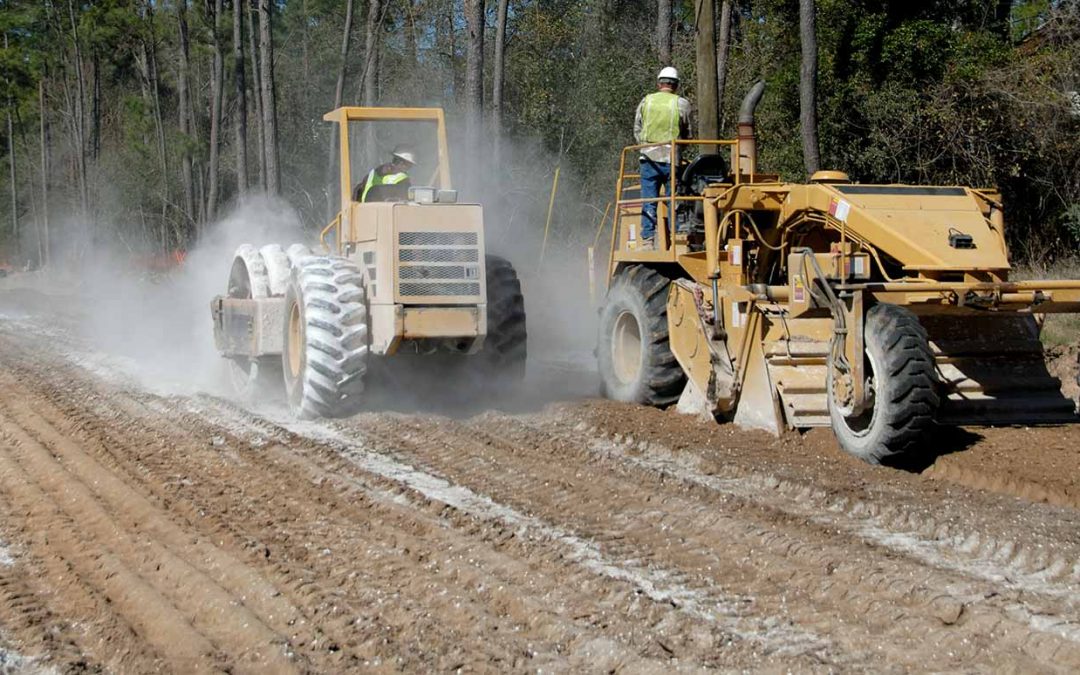It is a process that uses hydrated lime to react with alkaline substances like sulphuric acid, nitric acid, and phosphate fertilizers. This helps to prevent these substances from corroding metal and concrete structures.
Lime stabilization is a standard method of improving soil quality. It involves mixing lime into the soil, which increases its pH (acidity) and makes it more alkaline. Soil acidity has many adverse effects on plants, including stunting their growth and causing nutrient deficiencies. As such, the process can treat acidic soils to improve plant growth and increase crop yields.
Why Use It?
It is a process that stabilizes lime mortar, which has been affected by carbonation. The rate at which carbonation occurs depends on the moisture in the masonry. So when there is a large amount of moisture present in the masonry, it can cause expansion and contraction stresses within the bricks, thereby causing cracking. This problem is exacerbated during humid conditions where moisture content will increase due to evaporation from rain or watering plants nearby.
It involves adding liquid lime hydrate, also known as slaked lime (calcium hydroxide), to your mortar mix once it has been laid down onto your walls or floors but before they have completely set. The addition of this material helps reduce the effects of carbonation on your building’s mortar by converting some of its calcium oxides into calcium carbonate through a chemical reaction between water molecules from rain or other sources, such as humidity, inside your home. This prevents further damage by reducing expansion/contraction stresses within brickwork caused by these changes over time.
When to Use It?
It treats water with a pH of less than 5.5 and can be used in potable and non-potable water. It is also used to treat water that has low alkalinity. Meanwhile, it is a natural product and is not toxic. However, if lime is mishandled, it can cause burns on the skin and eyes.
- It improves structure by flocculating clay particles. This creates soil that drains well, has good aeration, and retains nutrients well.
- Lime raises the pH of soils that are acidic (low pH). In these conditions, plants can extract additional nutrients from the ground as they become available for uptake because there is less competition from other substances in an alkaline environment (higher pH). This can help improve yields when crops are grown on low-yielding acid soils such as peat lands or bogs. However, it may also lead to increased leaching of those same minerals through intensive cultivation practices such as tilling deeply into lower layers.
General Guidelines
It is the process of improving soil quality by adding lime. It helps to improve water retention, soil structure, and fertility. It can also be done with different liming materials, such as hydrated lime, dolomitic or calcitic lime, or mixed oxide. So, you can search for guidelines for efficient and effective lime application for farmers who wish to carry out their soil stabilization program on their property.
Lime stabilization is a powerful technique that can improve soil quality and increase crop yields. It is one of the most effective methods of dealing with poor-quality soils, but it is also very complex and requires careful planning and execution. So the best way to ensure success is by following these guidelines.











